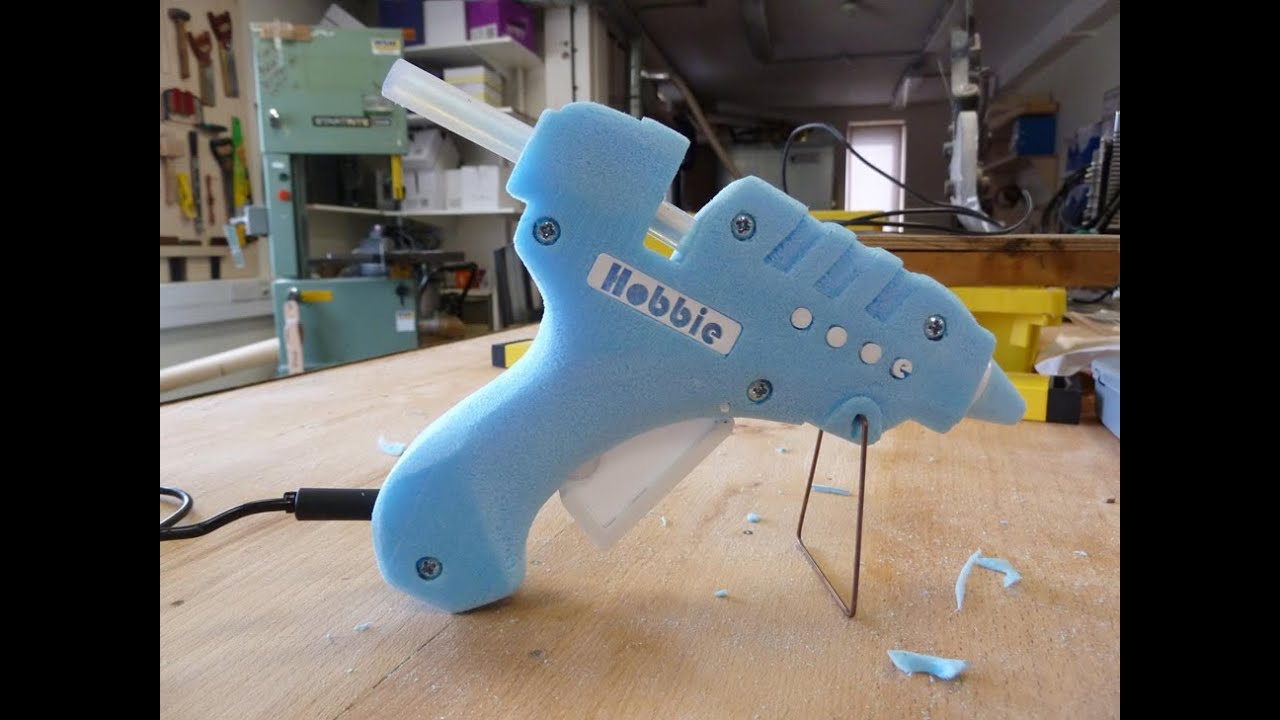[use modelling to test proposals – IG]
[Emphasis should be placed on using prototyping as part of the iterative process]
[The differences between a:
– model
– prototype
– marketable product. – A2]
Prototypes
A prototype is an early sample, model, or release of a product or system that is created to test a concept, process, or design. It serves as a tangible representation of an idea, allowing designers, engineers, and stakeholders to explore its feasibility, identify potential issues, and gather feedback before moving forward with full-scale production or implementation. Prototypes can range from simple mock-ups to fully functional models, depending on the stage of development and the specific needs of the project. They are crucial in the iterative design process, helping to refine, improve, and test ideas while reducing the risk and cost associated with developing new products or services.
Why manufacturers who mass produce products might make a prototype model before production begins
- Functionality testing: Prototypes allow manufacturers to test the design concept in a tangible form. For a shape sorter toy, a prototype made from foam board or 3D printed parts can help designers assess if the shapes fit correctly through their corresponding holes and if the overall size is appropriate for the target age group. This physical representation can reveal design flaws that may not be apparent from 2D drawings or digital renderings.
- Ergonomics and usability testing: Prototypes enable manufacturers to test the product’s ergonomics and usability. In the case of a shape sorter, a cardboard mock-up can be used to evaluate if young children can easily grasp and manipulate the shapes and if the sorter itself is stable during play. This hands-on testing can lead to refinements in the shapes’ sizes or the addition of texture for better grip.
- Material selection: Creating prototypes helps in determining the most suitable materials for mass production. For a shape sorter, manufacturers might create prototypes using different types of plastics. This allows them to assess factors such as durability, weight, and eco-friendliness before committing to large-scale production.
- Cost estimation: Building a prototype allows manufacturers to more accurately estimate production costs. By creating a physical model of the shape sorter, they can better understand the amount of material needed, the complexity of the assembly process, and any special tooling required. This information is crucial for setting a competitive retail price while ensuring profitability.
- Quality control: Prototypes can serve as a quality benchmark for mass production. Once a final prototype of the shape sorter is approved, it can used as a standard against which all produced units can be compared. This helps maintain consistency in colour, size, fit, and finish across large production runs.
- Marketing and sales tool: Prototypes can be used to showcase the product to retailers and in marketing materials before full production begins. A high-quality prototype of the shape sorter can be photographed for packaging design, used in trade show displays, or presented to toy store buyers to secure pre-orders.
- Safety testing: For children’s products like shape sorters, safety is paramount. Prototypes allow manufacturers to conduct preliminary safety tests, checking for potential choking hazards, sharp edges, or toxic materials. This early testing can prevent costly recalls and ensure compliance with safety regulations before mass production.
- Feedback collection: Prototypes enable manufacturers to gather feedback from various stakeholders. For a shape sorter, this might involve letting focus groups of parents and children interact with the prototype, or getting input from child development experts. This helps to ensure that the product is wanted and will meet customer expectations, making them more likely to buy the product. This feedback can lead to crucial improvements before the product goes into mass production.
- Clear communication of ideas: A 3D prototype model communicates the design idea to a client in a way they clearly understand. Many clients cannot read 2D technical drawings, yet instantly understand a 3D prototype. A scale model made from lightweight materials (such as an architectural model) or a digital prototype (i.e. a CAD model) which can be viewed from all angles can immediately illuminate weaknesses in a design that may not have been obvious from 2D drawings.
- Time and cost savings: While creating prototypes requires an initial investment, it ultimately saves time and money by identifying and solving problems early, allowing designers to think through and refine the design, identifying strengths and weaknesses prior to production. For a shape sorter, discovering that a particular shape is too difficult for children to manipulate is much less costly at the prototype stage than after thousands of units have been produced.
Digital Simulation
- Allows the entire design to be constructed, refined and optimized before it is manufactured;
- Has substantially decreased the time from concept to production line;
- Allows designers to create virtual prototypes quickly and cost-effectively. This enables rapid iteration and testing of different design concepts without the need for physical production.
- 3D rendering and modeling tools help designers visualize how a graphic product will look in various environments or from different angles. This is particularly useful for products such as packaging design.
- User experience testing: Interactive simulations can be used to test how users might interact with a graphic product, such as a website interface or mobile app design, before final implementation.
- Color and material testing: Digital color management systems and material simulations allow designers to experiment with different color schemes and material finishes, seeing how they might look in various lighting conditions – much faster than real-world testing.
- Better for environment than printing lots of copies.
Disadvantages:
- An error in a digital simulation could mean that the simulation does not reflect reality (for example, screen colours may not accurately reflect print colours).
[modelling aspects of ideas and proposals to test and see how a product looks and its viability]
**touch on rapid prototyping and link to CAM article***
**Include virtual simulation and digital modelling – link to UC.***
[coming soon]

